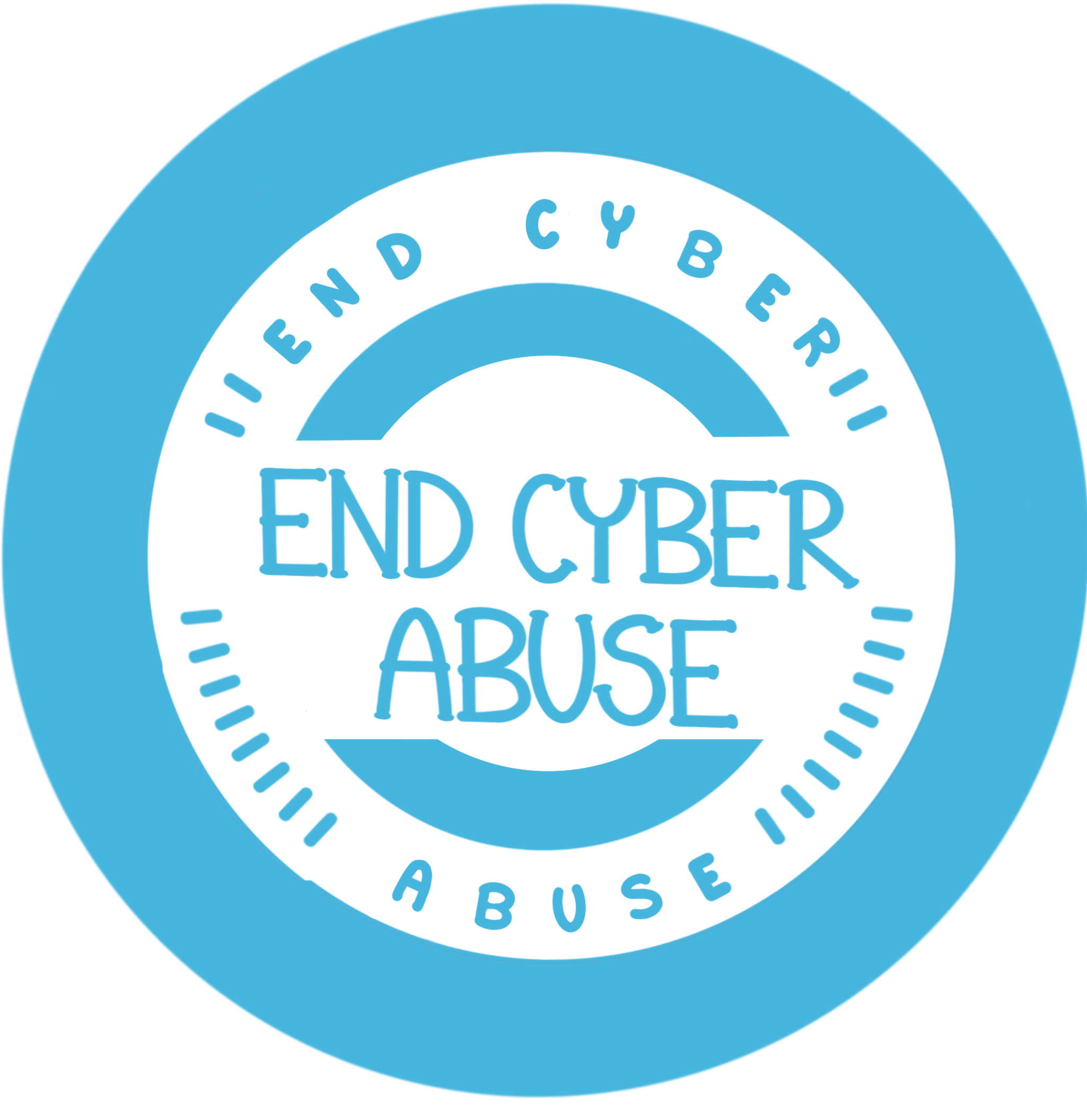WHAT WE DO
In 2019, a collective of lawyers and activists started End Cyber Abuse to tackle technology-facilitated gender-based (TGBV) violence. Originally, we focussed on looking at image-based sexual abuse only with the aim of identifying gaps in policy from a survivor-centred persepctive, bringing an intersectional and sex-positive lens to this space. Over the years, we have expanded our work to TGBV more generally and continued to push for better laws and cultures that tackle the root cause of tech abuse.
We currently work across three key areas:
- Tackling lack of awareness of rights and cultures of harm to better equip people to seek justice and redressal or to fight back.
- Advocating for and building survivor-centred, intersectional and trauma-informed frameworks for seeking justice.
- Supporting equitable design and management of technology so that it does not replicate and perpetuate the same gendered harms that exist offline.
We use various strategies to achieve our goals including:
- Knowledge building through webinars, workshops, and social media campaigns.
- Supporting survivors through resource creation including guides, databases, and apps.
- Conducting policy advocacy through research and the publication of analysis, briefs, and recommendations for the future.
- Creating shared spaces for learning across borders through events and collaborative working.
We are a global collective of members who are interested and work on different areas of technology-facilitated gender-based abuse. We share learnings, collaborate on projects and participate in advocacy around this topic.
TGBV can include forms of abuse such as image-based sexual abuse, doxxing, deepfakes, cyberstalking, online harassment, cyber-flashing, sexual exploitation, and many more, designed to humiliate, embarass, control, and discredit. This form of online violence is disproportionately directed towards those with less power, often women and girls, but also others who are marginalised due to their gender and/or sexual identities.
Both existing and new digital spaces and technologies are rarely designed to prevent such gendered harms from occurring, and fail to provide adequate protection or redress to victims.


